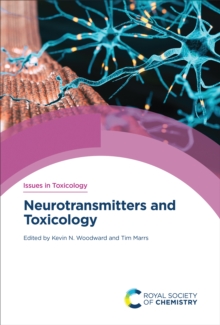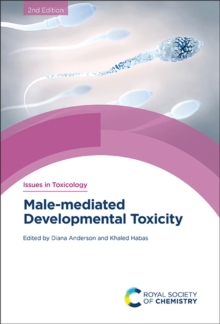
Neurotransmitters and Toxicology PDF
Edited by Kevin (KNW Animal Health Consulting, UK) Woodward, Tim (Edentox Associates, UK) Marrs
Part of the Issues in Toxicology series
Description
Neurotransmitters are usually considered to be endogenous substances that are released from neurons, act on receptor sites that are typically present on membranes of postsynaptic cells and produce a functional change in the properties of the target cell.
They are essential features of the nervous systems of all animals, and numerous chemicals can act as neurotransmitters either intentionally (e.g. pesticides) or unintentionally (neurotoxins). The most common forms of neurotoxicity are the death of neurons, degeneration of axons, damage to glial cells and interference with the axonal membrane or neurotransmission.
Important neurotoxins are found among pesticides, metals, solvents, natural substances, and industrial chemicals.
Environmental chemicals may also contribute to the pathology of neurodevelopmental, neuropsychiatric, and neurodegenerative disorders.
Neurotransmitters and Toxicology will be particularly appealing to toxicologists interested in neurotoxicology in various sub-disciplines, as well as neuro-chemists interested in pathology and disease mechanisms associated with neurotoxicants.
Information
-
Download - Immediately Available
- Format:PDF
- Publisher:Royal Society of Chemistry
- Publication Date:01/05/2024
- Category:
- ISBN:9781839165795
Information
-
Download - Immediately Available
- Format:PDF
- Publisher:Royal Society of Chemistry
- Publication Date:01/05/2024
- Category:
- ISBN:9781839165795










